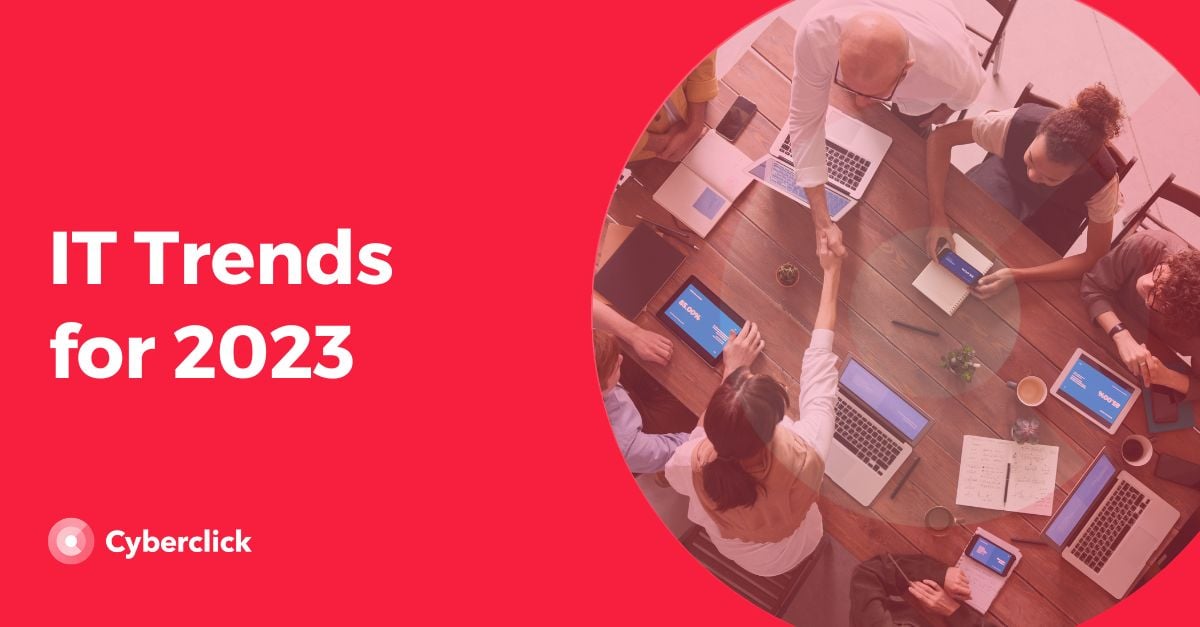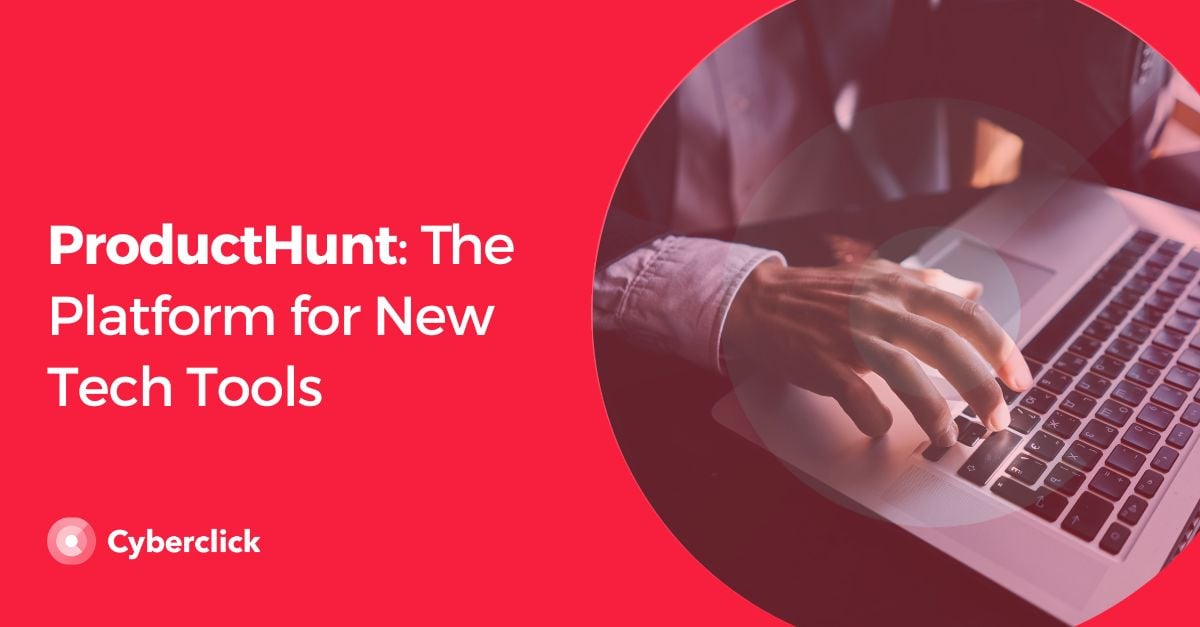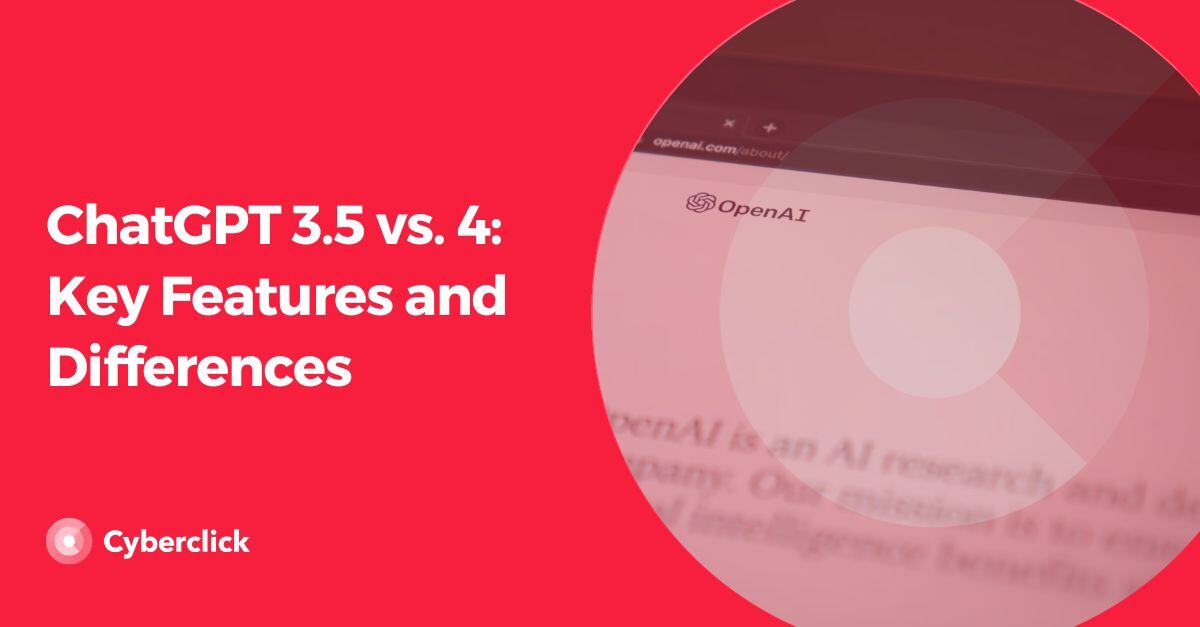Digital marketing trends have always gone hand in hand with technology. As the possibilities grow and user habits evolve, marketers have more and more ways to reach consumers.
That's why, in order to make a solid marketing plan, you need to know what's going on in the world of development and IT, as these advances shape our own. In this article, we’ll tell you what the most important trends in this sector are for 2023. Let’s take a look!

Trends in IT and Development for 2023
Include the Internet of Things (IoT) in Omnichannel Marketing Strategies
After years of hearing about IoT, this technology is already part of our daily lives. It is estimated that by 2023 there will be 43 billion devices connected to the internet in the world, which is almost 3 times more than in 2018.
Thanks to technological advances, the Internet of Things will become easier and easier to implement, opening the door for a wider range of companies to benefit from its applications. Large multinationals have been investing in IoT for years, but it is only now that the maturity of this technology has brought it within the reach of small and medium-sized companies as well.
Today, the Internet of Things has applications in sectors as diverse as Industry 4.0, smart cities and homes, connected cars, and telemedicine. For marketers, this represents a huge opportunity to integrate internet-connected devices into omnichannel marketing strategies. This not only gives you a new platform to connect with potential customers, but also a valuable source of data to better understand your audience and refine your strategies.
Robotics for Business Processes
Robotics combines advances in technology, science, and engineering to recreate human actions without errors. Today, robotics is present in many processes, from manufacturing to programming.
Factory automation makes it possible to improve business processes and bring products to the market much faster. But that is only the first step: robotic automation of processes makes it possible to create, implement, and manage robots to mimic human actions by interacting with digital systems and software. This makes it possible to carry out large volumes of work without human error and at high speed.
We also can’t forget the role of robots in the customer experience. Self-service solutions (which can include chatbot assistance) facilitate the shopping experience and are one of the favorite solutions of millennial consumers.
Blockchain for Security
When talking about blockchain, most people automatically think of cryptocurrencies. But that's just the tip of the iceberg. In reality, this technology has many, many applications that will be increasingly present in our lives.
The blockchain is a decentralized record of transactions. Data is accumulated in a series of clusters or blocks. When the storage capacity of a block is exhausted, it is linked to the previous block. Thus, you can form a decentralized chain that does not depend on any entity. As the information is shared publicly and updated by consensus, it is very difficult to manipulate. This brings us to its applications in the field of security.
The blockchain makes it possible to process transactions securely and prevent online fraud, which is why it has become one of the major development and IT trends of 2023. In the coming months and years, we will see more and more companies adopting this technology to protect their digital assets and users.
Cryptography & Encryption
In cybersecurity, encryption is the conversion of data from a human-readable format to an encoded format. This makes it possible to protect data even if it is intercepted, since it can only be accessed with the decryption key.
Encryption is used to protect user information sent from the browser to the server or between other systems. Thus, data remains secure and "hacker-proof" even while surfing over public networks.
The more complex a cryptographic key is, the more secure the encryption will be, as it will be more difficult for potential attackers to crack the code and gain access to the data.
This is an industry that never stops advancing, as successive advances in encryption technologies are followed by advances in ways to decrypt them. Since the security of users is at stake, it is very important to keep up with trends in cryptography and encryption.
WiFi 7.0 Is Coming
In 2023, we will start to see devices ready to work with WiFi 7.0, which is scheduled for official launch in May 2024. This technology represents a major advance over the previous standard, with features such as:
-
Improved performance, bandwidth, and efficiency.
-
The possibility of using multiple channels simultaneously and with low latency.
-
Up to 48 Gbps speed (compared to 10 Gbps for WiFi 6).
-
Double bandwidth (from 160 to 320 MHz).
-
Longer coverage distance.
All these capabilities make it comparable to wired Internet. At the user level, WiFi 7.0 will improve the playback of 4K and 8K content, offer better gaming experiences, and drive the adoption of the metaverse, which may be an important IT and development trend for marketers.
Artificial Intelligence in Manufacturing
We are witnessing the Industry 4.0 revolution, where artificial intelligence enables optimization of all aspects of manufacturing, from design and the shop floor to the supply chain. In 2023, we will see how advances in AI enable more efficient and sustainable production.
Here are some notable applications of artificial intelligence in Industry 4.0:
-
Predictive maintenance. Artificial intelligence and machine learning algorithms make it possible to make predictions about components that need maintenance and anticipate needs. This makes it possible to avoid costly breakdowns, optimize maintenance resources, and plan ahead.
-
Improved quality. The trend in the industrial sector is for robots to take over production jobs and human workers to take over more advanced design, maintenance, and production positions.
-
Merchandise design. Generative design involves feeding a detailed report of product requirements into an AI algorithm for it to create and evaluate possible solutions. The algorithm evaluates all possible configurations and then focuses on the best solutions. You can then test these solutions using machine learning to gain more insight into how the design works.
Biometric Passwords: The End of Passwords as We Know Them
Passwords are a virtually universal user authentication system, but their disadvantages are no secret. Hackers are experts at stealing passwords, and users often make it easy for them by using repeated or overly obvious passwords. In fact, according to the FIDO Alliance (an organization of companies whose goal is to eliminate or reduce the overuse of passwords), passwords are responsible for 80% of data breaches.
In May 2022, Google, Apple, and Microsoft publicly announced the replacement of passwords in their systems with a new biometric method that uses smartphones as intermediaries.
This system stores a "passkey" on the phone, which is only accessible after unlocking it via fingerprint or facial recognition. This system will become available in 2023.
Quantum Computing
In recent years, several major technology companies, such as Google, Microsoft, Intel, and IBM, have been working on quantum computing. This technology could be revolutionary.
Quantum computing uses principles of quantum physics to create computers that overcome traditional computing barriers and carry out much more complex calculations. Applications include the following:
-
Data analysis: quantum computers can help solve problems on a scale that was previously unthinkable.
-
Predictions of different scenarios using large and complete data sets.
-
Cryptographic encryption. As we have seen in trend number 4, encryption is one of the most important areas of advancement in cybersecurity. Quantum computing will make it possible to create much more sophisticated ciphers and decrypt those that already exist much faster.
-
Pattern recognition in data to be able to make predictions about the future (e.g., predicting traffic).
-
Improved autonomous driving and aviation systems.
-
Medical research.
Multi Platform Development
Mobile applications are a major part of marketing strategies. But the development of these applications has its complications.
Creating a backend that works on multiple operating systems at the same time was very complicated, resulting in having to develop and maintain separate apps for Android and iOS. This, in turn, increased costs.
The solution to this problem is cross-platform mobile development. That is, creating apps that are compatible with several different mobile operating systems through a single code base. This reduces engineering costs and allows the application to reach a wider user base.
Cross-platform development is one of the big IT trends of 2023, as more and more companies are taking it into account. There are already several solutions on the market that allow this kind of implementation, such as Flutter or React Native.
Nearshore Software
Nearshore software development consists of using a team that is not necessarily in the same location as the client, but at a limited geographical distance (usually 2-4 time zones away).
This option allows combining the advantages of outsourcing and remote work with those offered by proximity, such as:
-
Greater cultural cohesion among the team.
-
Lower travel costs.
-
Easier coordination between time zones.
-
Better communication since the whole team is more likely to share the same language.
In short, nearshore software makes it possible to hire the best technology experts and maintain team cohesion without the need for large investments.
Chip N3E
As stated by sources close to the company, in 2023 Apple devices will start using Taiwan Semiconductor Manufacturing's 3nm chip technology. The A17 mobile processor, which incorporates this technology, is expected to be available in the second half of 2023.
This chip uses improved 3-nanometer technology. This size refers to the distance between transistors on a chip. The smaller it is, the more transistors can be placed on a chip, making them more powerful but also more complicated to manufacture.
This news is part of a long-standing collaboration between the two companies, as Apple is Taiwan Semiconductor Manufacturing's largest customer and will be the first to use the new generation of this technology.
In the coming years, this technology will be adopted by more companies, such as Intel. In addition, other chipmakers, such as Samsung, expect to join the race and start mass-producing 3nm chips this year.
The new-generation chips will be used in processors for smartphones, computers, servers, and artificial intelligence, so users will soon be able to start enjoying these advances.
Key Account Manager Engineer en Cyberclick. Experto en desarrollo de aplicaciones web e integraciones entre sistemas con más de 10 años de experiencia. Cuenta con una licenciatura en Matemáticas, Ciclo Formativo de Grado Superior en Desarrollo de Aplicaciones Informáticas y Ciclo Formativo de Grado Superior en Desarrollo de Aplicaciones Multiplataforma.
Key Account Manager Engineer at Cyberclick. Expert in web application development and system integrations with over 10 years of experience. He holds a degree in Mathematics, a Higher Degree in Computer Application Development, and a Higher Degree in Multiplatform Application Development.




.jpg)

Leave your comment and join the conversation